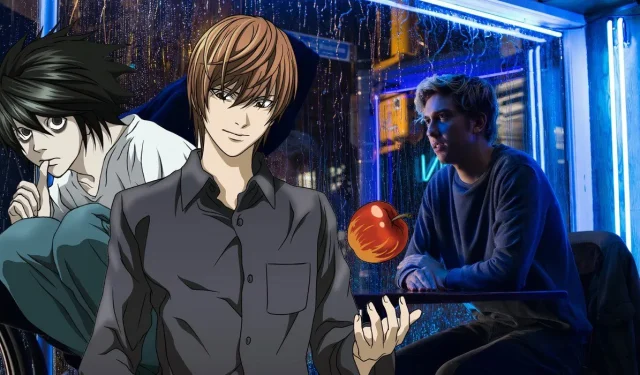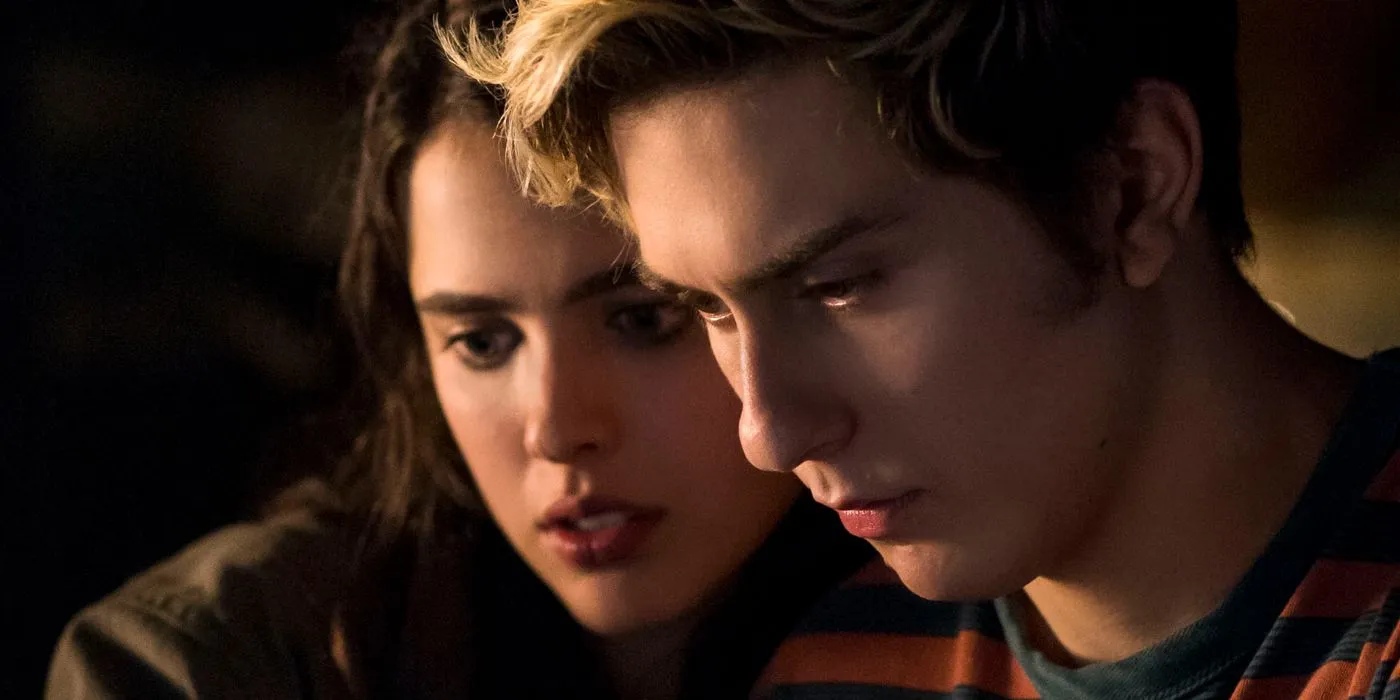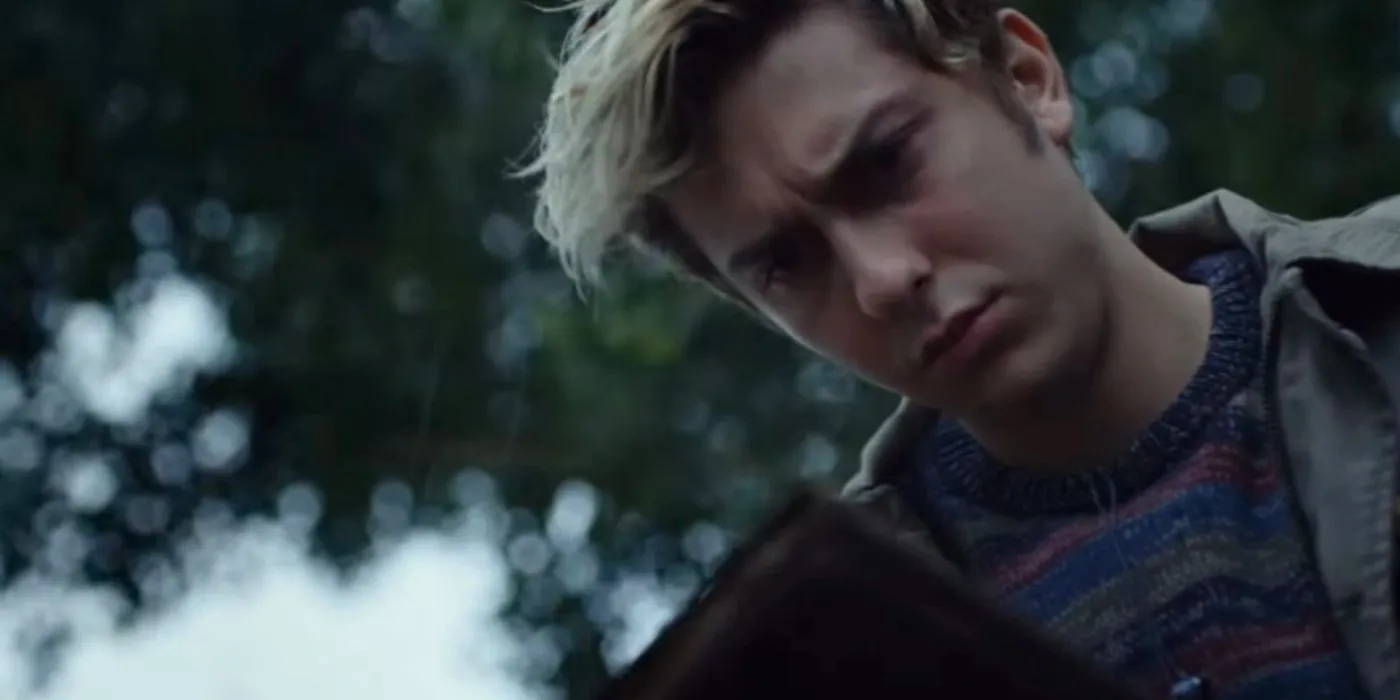
Over the years, the critical perception of the Death Note film has softened. Initially met with widespread criticism, it’s becoming increasingly clear that it may not have warranted such a negative reception. While the adaptation struggled to resonate with hardcore fans of the original series, it showcases several redeeming qualities. The backlash, while understandable given the revered status of the source material, arguably overshadowed the film’s merits, resulting in an underappreciation of its unique contributions.
Table of Contents
- Adapting Death Note for a Western Audience: The Risks Involved
- Unexpected Praise from the Original Creators of Netflix’s Death Note
- Core Themes Remain Intact in the Netflix Adaptation
Adapting Death Note for a Western Audience: The Risks Involved
Creative Liberties in the Hollywood Adaptation
Reworking the setting to Seattle, Washington, was a significant move aimed at appealing to Western viewers. This change emphasized a more rugged Americana in place of the structured, academic environment typical of Japan. Furthermore, the character of Light Turner diverges sharply from the original Light Yagami, altering his personality from a studious achiever to a rebellious teen grappling with personal loss. This transformation alienated some fans but was intended to deepen the exploration of themes such as corruption and personal revenge.
Moreover, the adaptation alters the relationships between key characters. The intellectual duel between Light and L, which forms the crux of the original narrative, shifts in focus to an emotionally charged dynamic in the live-action film. Light’s impulsiveness juxtaposed with L’s emotional vulnerabilities generates a different type of tension compared to the strategic mind games depicted in the anime. Likewise, Mia Sutton—a reimagining of Misa Amane—takes on a more assertive role, transitioning from a passive admirer to a manipulator.

Unexpected Praise from the Original Creators of Netflix’s Death Note
Creators’ Positive Reception of Hollywood’s Death Note

Following the release of the film, creators Tsugumi Ohba and Takeshi Obata surprised audiences with their favorable evaluations of the Netflix adaptation. In post-release interviews, they acknowledged the substantial changes to their original narrative but expressed an appreciation for the film’s creative choices. In a candid remark, Ohba noted:
“It was more interesting than I expected. Every bit of it is high quality and very fashionable; it’s definitely Hollywood’s Death Note. I think a wide range of people can enjoy this movie, not just fans, because there are parts that follow the original work but also changes, too.”
Labeling it “Hollywood’s Death Note,”Ohba intended to clarify that the film was not a straightforward adaptation, but rather a reimagining. Obata echoed this sentiment, commending the film’s visual artistry and its effective storytelling. He elaborated:
“I hope that people overseas who did not know Death Note until now can enjoy watching it on Netflix. Adam Wingard’s visual beauty and thrilling direction are splendid and create a class ‘A’ thriller. This is the kind of the Death Note I’d like to draw as well.”
This endorsement starkly contrasts the largely negative reactions from audiences and critics, who often struggled to dissociate the film from its source material. However, the approbation from the original creators hints that the modifications were less about compromising the essence of the story and more about redefining its implications through an alternate cultural perspective. By framing the film as a distinct entity, Ohba and Obata invited viewers to appreciate it for what it is, fostering a notion that creative adaptations can coexist with their predecessors.
Core Themes Remain Intact in the Netflix Adaptation
A Misunderstood Alternative: Themes of Death Note
Despite its divergence from the source material, Netflix’s Death Note maintained fidelity to its core philosophical themes. Light Turner’s journey into moral ambiguity mirrors that of Light Yagami, elucidating how unchecked authority can corrupt individuals, regardless of their cultural backgrounds. Although shifting the narrative to an American setting warranted substantial changes, the movie still examined fundamental themes of power and justice, resonating with a different audience demographic.
While the film’s characters and backdrop differ significantly from the original story, it continues to excavate the philosophical quandaries at the heart of Death Note. The adaptation wasn’t designed as a direct replication, but rather as an independent interpretation that explores the consequences faced by a student who feels marginalized by the justice system after acquiring the fabled notebook. The resulting narrative may seem convoluted at times, yet it offers a stimulating alternative that retains much of the story’s underlying essence.




Leave a Reply ▼